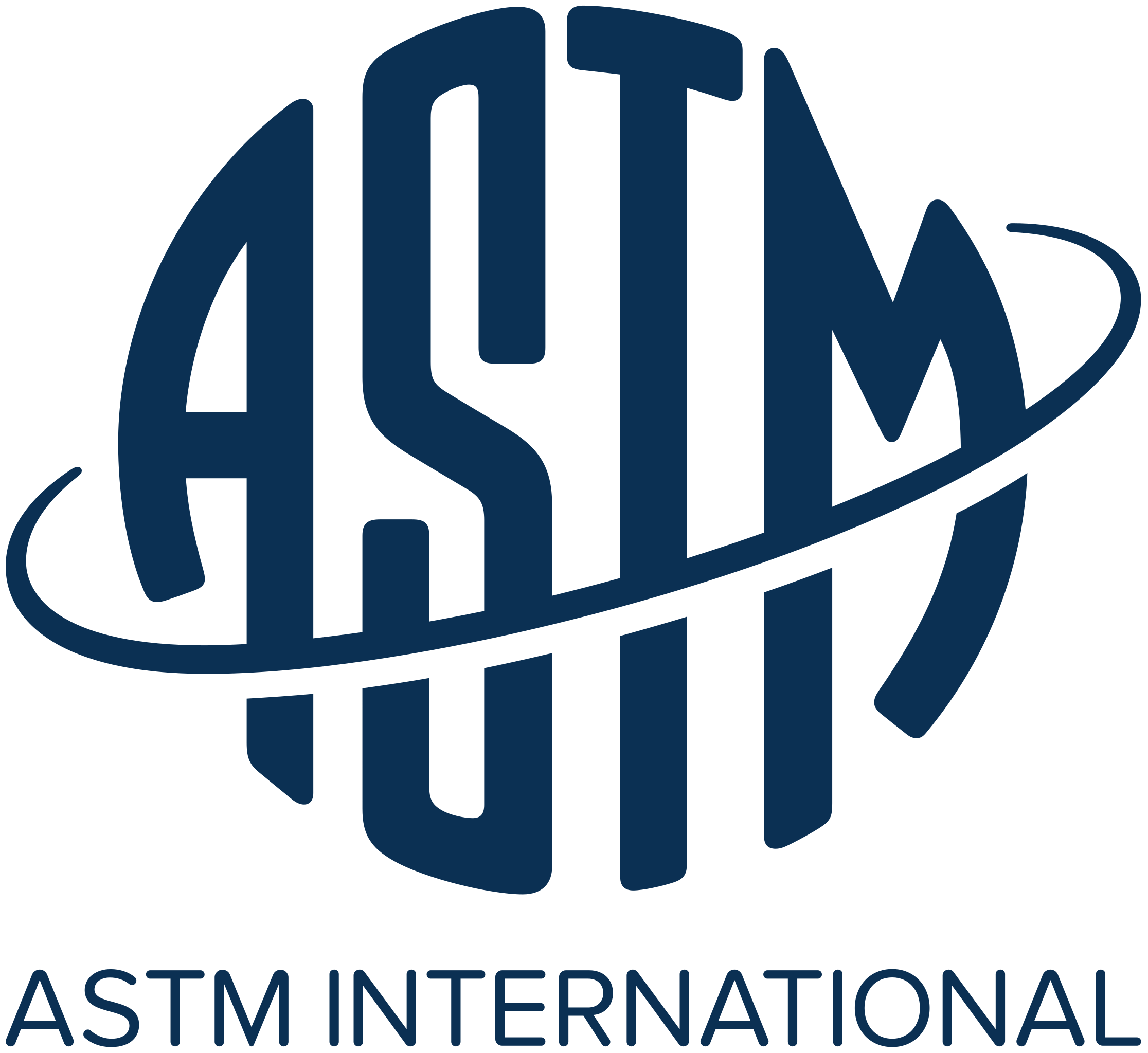Frequently Asked Questions
Purchase
How long will DURA underlayments last?
Dura underlayments are warranted to retain their essential firmness, resilience, and porosity through the useful life of the floor covering under which they are installed. This warranty applies to all types of indoor installations. In the event of a confirmed product failure due to a manufacturing defect, we will replace the defective section of the underlayment with a new equivalent product, free of charge. This warranty applies only if the product is used in accordance with our instructions and for its intended purpose. It does not cover defects or failures due to improper use or misuse.
Where can I purchase DURA products?
We can help you with that. Contact us and we'll help you find the best way to purchase DURA products.
Email: info@duraundercushions.com
Call: 1-800-295-4126
Technical
What is a decibel (dB)?
A decibel is the unit used to measure the intensity or loudness of sound. For example, the human voice is measured at approximately 65dB. It’s important to note that a decibel is not an indicator of sound insulation.
What are acoustical rating systems?
Acoustical rating systems, including IIC (Impact Insulation Class) and STC (Sound Transmission Class), serve as measures to assess how effectively materials or assemblies can mitigate the transmission of sound. These rating systems adhere to standards established by ASTM International.
Can you explain the difference between IIC and STC?
The distinction between IIC (Impact Insulation Class) and STC (Sound Transmission Class) lies in their respective roles and measurement methods.
IIC (Impact Insulation Class):
IIC is a single-number rating derived from measured values of normalized impact sound pressure levels, following Annex A1 of Test Method E492. It estimates the impact sound insulation performance of a floor-ceiling assembly. This lab-tested measure assesses how effectively a floor-ceiling assembly can reduce impact noise, such as footfall, dropped objects, or furniture moving, from transmitting from the upper floor to the lower floor. The IIC rating is calculated through a standardized impact noise test, involving dropping a standard weight onto the floor and measuring the resulting sound level in the room below.
STC (Sound Transmission Class):
STC is a single-number rating calculated in accordance with Classification E413, using values of sound transmission loss. It provides a lab-tested estimate of the airborne sound insulation performance of a wall or floor partition. Unlike IIC, which focuses on impact noise, STC assesses how well a structure can mitigate airborne sound transmission, such as speech, music, or other audible sounds.
What is AIIC?
AIIC stands for Apparent Impact Insulation Class. It is a revised rating system that addresses deficiencies in the FIIC methodology. AIIC is used to measure the impact sound insulation performance of a floor-ceiling assembly in real-world environments, such as on a job site. This differs from the IIC rating, which is the result of an acoustic test conducted in a controlled laboratory setting.
What is FIIC?
FIIC stands for Field Impact Insulation Class, an older term that has been phased out over the years in favor of AIIC (Apparent Impact Insulation Class). Both terms essentially represent the same rating, albeit obtained through slightly different methodologies.
What is FSTC?
FSTC stands for Field Sound Transmission Class, a single-number rating calculated according to Classification E413 using values of sound transmission loss. It offers a field-tested estimate of the airborne sound insulation performance of a wall or floor partition.
Will rubber meet fire rating/radiant panel test?
Yes, passes class 1 per ASTM D 2859-16.
What are the benefits of Dura products?
- Greatly reduces impact sound.
- Provides underfoot comfort, mitigates knee and back problems.
- Does not collapse over time.
- Resists mold, mildew, and fungus growth.
- Easy to install.
- Compatible with heated flooring systems.
- Green Label Plus Certified.
- Contribute to LEED credits.
- Made from recycled rubber.
Why are Dura products necessary?
For condos, hotels,
and office buildings, acoustical requirements are often imposed:
Dura products
become crucial in meeting acoustical requirements in settings like condos,
hotels, and office buildings, ensuring a quieter and more comfortable
atmosphere.
For homes, Dura
products contribute to a quiet and peaceful space:
In residential
spaces, Dura products play a vital role in creating a tranquil and peaceful
environment, reducing noise and enhancing overall comfort.
Dura products also
add a layer of comfort under any type of flooring surface:
Regardless of the
flooring type, Dura products offer an additional layer of comfort, contributing
to a more enjoyable and cozy living or working space.
Installation
Which side goes face down?
The orientation of the underlayment varies depending on the specific product:
For Dura-Son, Dura-Son MB, Protector, Duracushion, Duraquiet, Duralux Jute, and Super Dura:
Install the underlayment with the black side facing down.
For Duraquiet:
The material is identical on either side, allowing for flexibility in installation orientation.
What materials do I need for installation?
Floating installation:
• Trowel
• Tape
• Utility knife
• Safety equipment
Glued-down installation
• Trowel
• Tape
• Utility knife
• Adhesive
• Safety equipment
What glue should I be using?
The choice of glue depends on the application:
Depending on the application:
Use either a high-quality multipurpose adhesive or a moisture-cured urethane-based adhesive.
Refer to the installation guide of your desired material for more details:
For specific recommendations, consult the installation guide corresponding to the material you are working with.
Why use a moisture barrier?
A moisture barrier acts as a protective layer to prevent potential issues related to humidity that could impact your flooring. A moisture barrier is crucial in maintaining the integrity of the flooring, particularly in areas prone to humidity concerns such as basements, ground floors, or rooms directly above a garage.
Does Dura-Son have a moisture barrier?
No, Dura-Son does not have a built-in moisture barrier. If your project requires a moisture barrier, we recommend considering Dura-Son MB. Dura-Son MB is similar to Dura-Son but includes a moisture barrier for added protection.
Should Dura-Son seams be sealed with duct tape?
Yes, for Dura-Son, it is recommended to seal seams with duct tape. However, for Dura-Son MB, we recommend using vapor barrier tape for seam sealing.
Can parquet be used over DURA products?
No, using parquet over DURA products is not recommended. The numerous joints in a parquet floor can create substantial movement in the flooring system. In general, it is advisable to minimize the number of joints for the selected flooring surface.
Which DURA product can you use under ceramic tile?
For use under ceramic tile, Duraquiet 3mm is the recommended DURA product.
Which DURA product can you use under vinyl?
For use under vinyl, Duraquiet 3mm is the recommended DURA product.
Which DURA product can you use under carpet tile?
For use under carpet tile, Duraquiet 3mm is the recommended DURA product.
Which DURA product can you use under laminate floors?
For use under laminate floors, Dura-Son or Dura-Son MB are the recommended DURA products.
Which DURA product can you use under engineered hardwood?
For use under engineered hardwood floors, Dura-Son or Dura-Son MB are the recommended DURA products.
Which DURA product can you use under carpet?
- Protector
- Duracushion
- Duralux
- Duracoustic
- Super Dura
Are hardwood floors compatible with DURA products?
Yes, DURA products can be used with hardwood floors. For nail-down hardwood installations, it's recommended to place a layer of plywood boards on top of the underlayment to avoid penetrating it.
Can you nail or staple wood floors over DURA-SON and DURA-SON MB?
No, we do not recommend nailing or stapling through our underlayments for two reasons. Firstly, when a nail is stapled through the underlayment and into the structure, the impact sound would travel through the nail instead of being absorbed by the underlayment. Secondly, this could result in the underlayment being warped, potentially leading to a squeaky floor and other issues.
Can DURA products be used over radiant heated floors?
Yes, DURA products can be used over radiant heated floors.
Environmental
Can DURA products help achieve LEED credits?
Yes, DURA products can contribute up to 6 LEED credits, specifically related to materials and resources, as well as indoor environmental quality. LEED® is an international symbol of sustainability excellence and green building leadership.
What is Green Label Plus?
The Carpet and Rug Institute’s Green Label Plus (GLP) program is proof that the product has been tested and certified by an independent laboratory and has met stringent criteria for low emissions.










